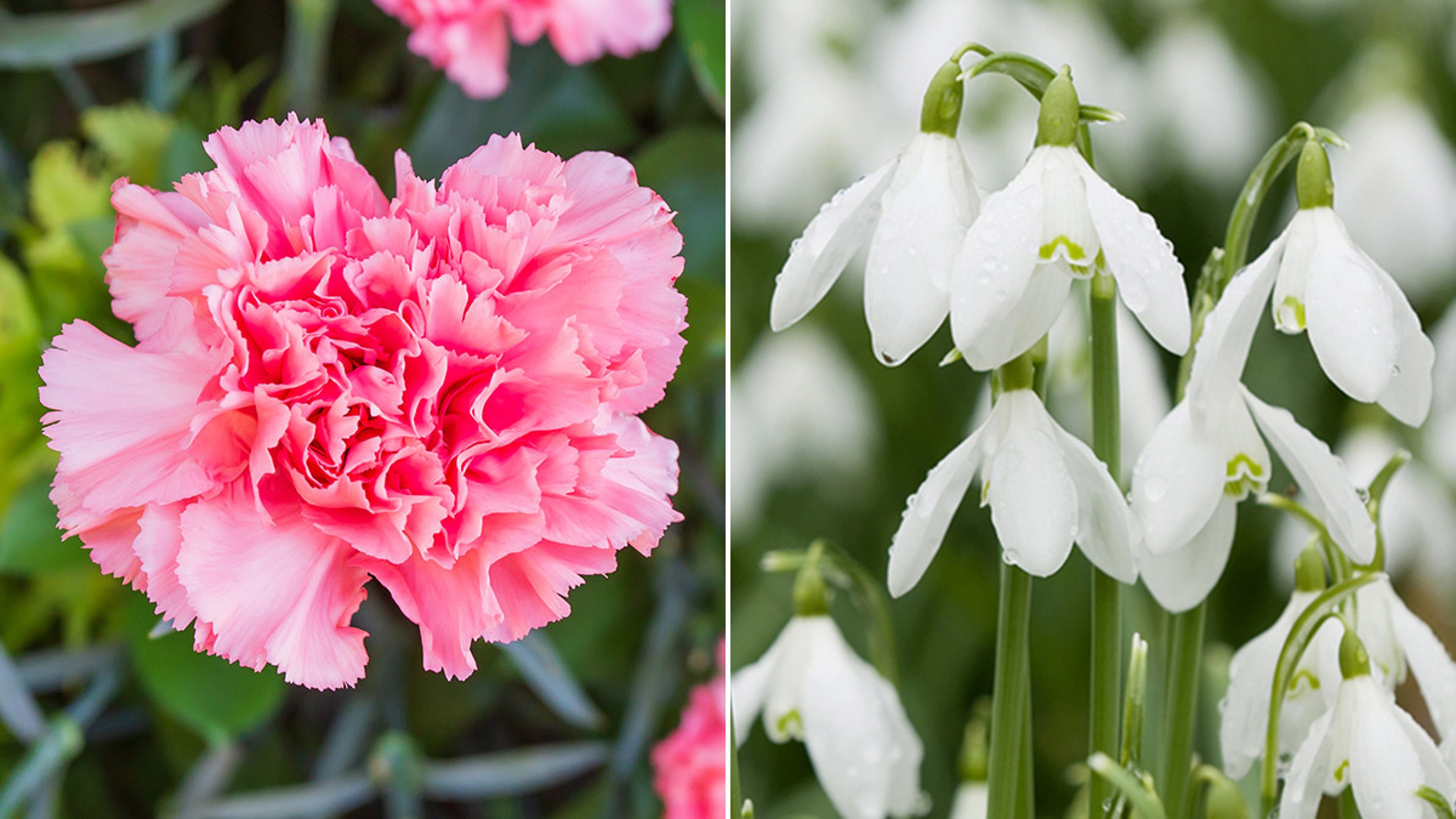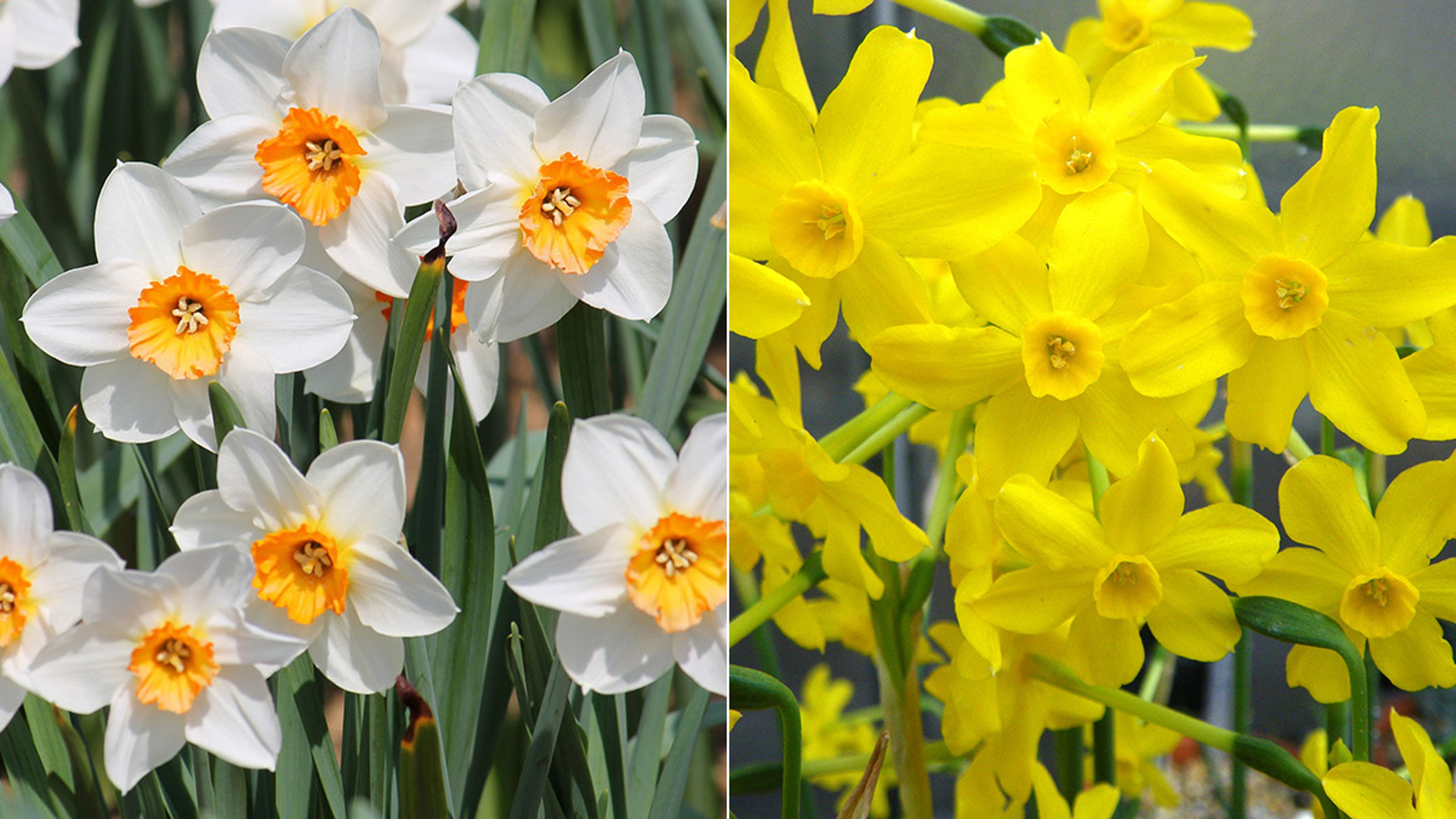November Birth Flowers: All About the Chrysanthemum and Peony
These blooms share a lot of similarities, including their origin story and their usefulness in healing.
Oct 17, 2023
With November come cooler temperatures and the promise of the holiday season. It is a month often viewed as one of transition, a period on the calendar when we are deep into the fall and feeling all the effects of that season — not to mention a few of the impending winter.
And the November birth flowers are, like the month itself, seemingly a study in contrasts. One, an absolute autumn stalwart and another a spring time staple, and a mainstay in some of the most noteworthy celebrations in our lives. But similarities do exist between the two, as we will soon discover.
Comes with us as we explore the November birth flowers and why we love them so.
What are the November birth flowers?
The November birth flowers are the chrysanthemum and peony.

Chrysanthemums, often referred to as "mums" for short, belong to the genus Chrysanthemum in the Asteraceae family. About 40 known species exist, and these can vary greatly in size; some are compact and low growing, while others can reach heights of several feet. They come in a variety of colors, including white, yellow, orange, red, pink, lavender, and even green; and shapes, including single, semi-double, double, pompon, anemone, and spider. Mums are known for their fall blooming season, typically from late summer to late autumn.
Peonies are the only genus in the family Paeoniaceae. The 30 species of this flower are all famous for their large, showy, and fragrant blossoms. These blooms come in a variety of colors, including white, pink, red, and coral, and some even have striking bicolor or multicolor petals. Peony flowers typically have five or more large, overlapping petals that can be single, semi-double, or fully double. The plants can grow from 1 to 5 feet tall, and have a short bloom season, which typically lasts just 7 to 10 days and takes place in late spring and early summer.

What is the history of the chrysanthemum?
Chrysanthemums are native to Asia and have been cultivated for over 2,000 years. The Chinese highly valued chrysanthemums ― reserving them for the emperor's garden ― and saw them as symbols of prosperity, honor, and beauty. The Japanese, too, held them in great esteem, planting them in traditional gardens and featuring them in artwork and poetry. In the 18th century, chrysanthemums made their way to Europe and North America, where they were prized for their beauty and fragrance.
What does the chrysanthemum mean?
Chrysanthemums are often associated with longevity and joy, representing a life filled with happiness and abundance. Some cultures even believe that chrysanthemums have healing properties and use them in traditional medicine. Additionally, the different colors of chrysanthemums convey specific emotions; red, for instance, symbolizes love and yellow represents friendship.
How to care for chrysanthemums
Here are some simple tips to help you care for your mums.

- Watering: Chrysanthemums need regular watering, especially during dry spells. Water the soil around the base of the plants, keeping the foliage dry to prevent disease.
- Sunlight: Chrysanthemums thrive in full sun. Give them at least six hours of direct sunlight each day.
- Soil: Plant chrysanthemums in well-draining soil that is rich in organic matter. Avoid soil that retains too much water, as this can cause root rot.
- Fertilizing: Feed chrysanthemums with a balanced, slow-release fertilizer in the spring.
- Pruning: Remove any dead or diseased foliage and spent flowers to encourage new growth and blooming.
3 interesting facts about chrysanthemums
These facts highlight the versatility, health benefits, and cultural significance of chrysanthemums.
1. Natural insect repellent
Chrysanthemums contain pyrethrin, a natural insect repellent. This compound is often extracted and used in insecticides and pet shampoos to repel fleas and ticks.
2. Eatable flowers
Chrysanthemum petals are fit for eating and have been used in traditional Asian cuisine for centuries. They often appear in salads, teas and soups, and as garnishes for various dishes.
3. Japanese festival
Japan holds a festival dedicated to chrysanthemums called the "Chrysanthemum Festival" or "Kiku Matsuri." It typically takes place in November and features displays of intricate chrysanthemum arrangements.
What are the best November birth flower gifts?
These delightful gift options highlight everything we adore about the November birth flowers.
What is the history of the peony?
Like chrysanthemums, peonies also originate in Asia. The Chinese associate the peony with wealth, honor, and love, and even considered it the national flower for a time. In Japan, peonies symbolize bravery and often appear in traditional artwork. From Asia, peonies spread to Europe in the 18th century and became a beloved flower in gardens across the continent, before reaching the U.S. in the late 1800s.
What does the peony mean?
People often associate peonies with romance, love, and good fortune. In some cultures, these flowers represent compassion and even healing. In fact, the word “peony" comes from the Latin word paeony, which is derived from the Greek word pauon, meaning “to heal." The elegant blooms and sweet fragrance of peonies make them a popular choice for weddings and other special occasions.

How to care for peonies
These care tips will help you get the most out of your peonies.
- Planting: Choose a sunny spot with well-draining soil. Dig a hole that is wide and deep enough to accommodate the roots of your plant.
- Watering: Water peonies deeply once a week, allowing the soil to dry slightly between waterings. Avoid overwatering, as this can lead to root rot.
- Mulching: Apply a layer of organic mulch around the base of the peony plant to help retain moisture and suppress weeds.
- Support: As peonies grow, their large, heavy blooms can droop. Use stakes or a peony ring to provide support for your peonies.
- Pruning: After blooming, trim the faded flowers and any dead or diseased foliage. Leave the stems and foliage in place until late fall to help nourish the plant.
3 interesting facts about peonies
Peonies are resilient, clever, and alluring, as these facts demonstrate.

1. Long life
Peonies are known for their longevity. Some peony plants can live for several decades, and there are reports of peony bushes that have thrived for over a century.
2. Insects and pollination
Peonies have evolved a unique pollination strategy. They do not produce nectar but instead offer ants a sweet, sticky substance on the outside of their buds. This attracts ants, which help protect the peony buds from other insects that might harm them.
3. Peony festival
Luoyang, China, has held its famous Peony Festival annually for over 1,500 years. The festival showcases thousands of peony varieties and attracts visitors from around the world.


















